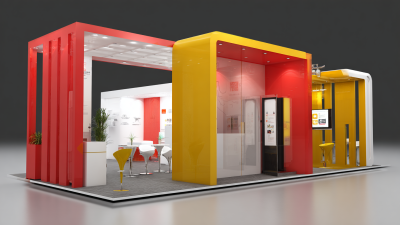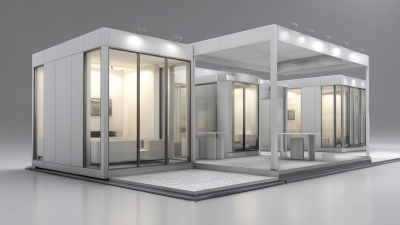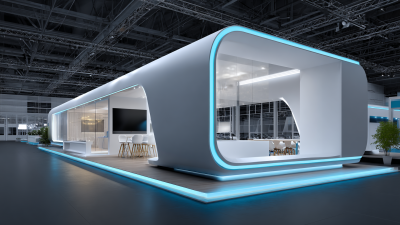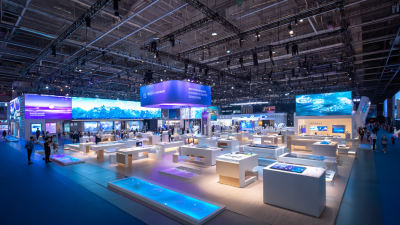
As the exhibition and event industry continues to evolve, the concept of Modular Stand Design emerges as an innovative solution that meets the demands of versatility and sustainability. According to a recent report by the Exhibition and Event Association, nearly 70% of exhibitors are increasingly drawn to modular designs due to their cost-effectiveness and adaptability to various spaces. This shift is further supported by a study from the International Association of Exhibitions and Events, highlighting that modular stands can reduce setup time by up to 50% compared to traditional designs. With projections indicating that the market for modular solutions will experience a compound annual growth rate of 6.5% over the next five years, it’s clear that Modular Stand Design is not just a trend but a transformative approach that reshapes how brands engage with audiences in diverse environments.
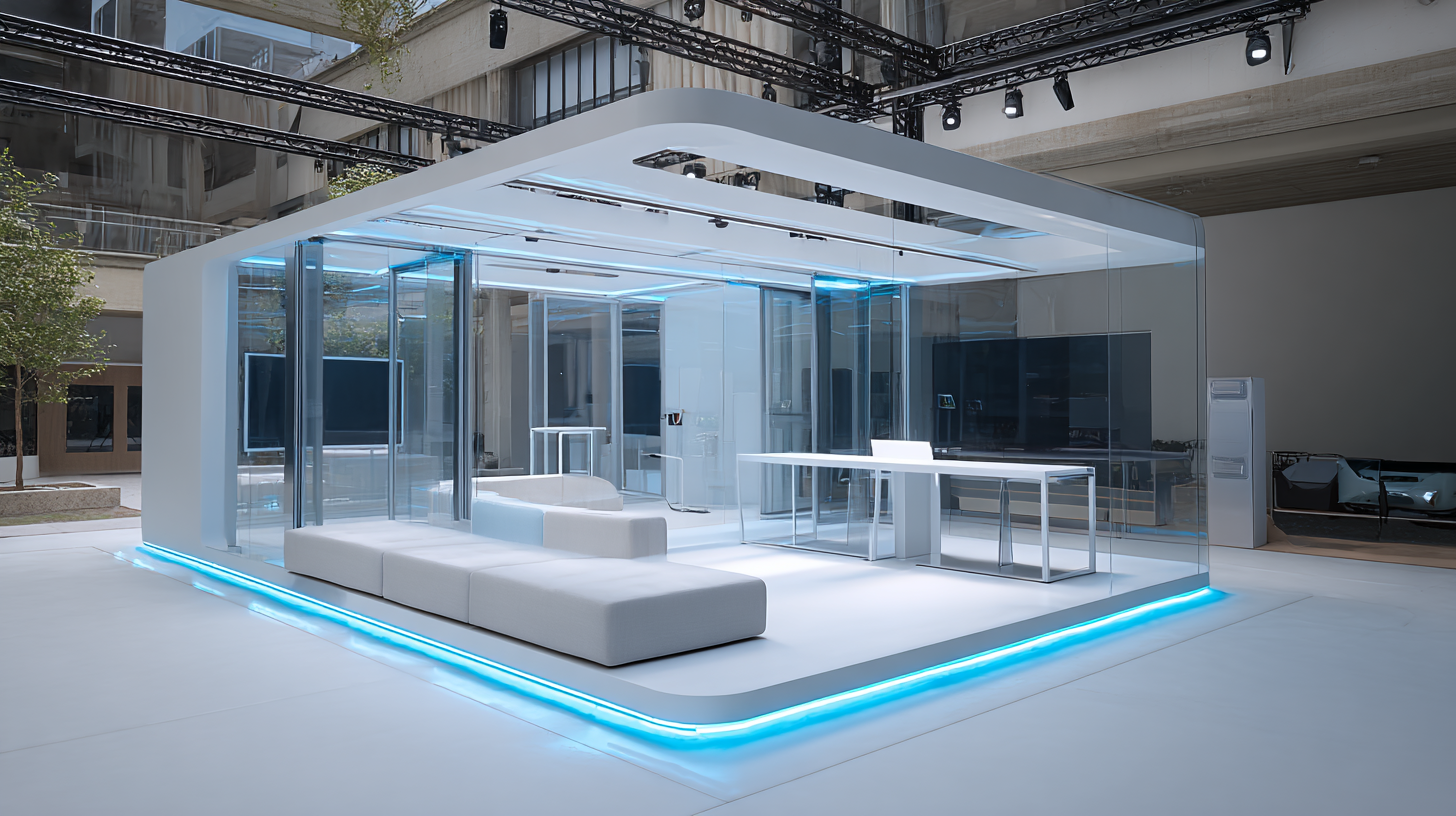
Modular stand design is quickly becoming a game-changer in the realm of space utilization, especially in exhibitions and trade shows. By allowing for customizable arrangements that can adapt to various spaces and requirements, modular stands not only enhance the aesthetic appeal but also improve functionality. According to a recent report by the Exhibitor Media Group, 70% of trade show attendees report that they are more likely to engage with brands that utilize innovative stand designs. This highlights the need for businesses to rethink their approach to spatial design, leveraging modularity to create inviting and flexible environments.
One key tip for maximizing the effectiveness of modular stand designs is to consider the flow of traffic. Ensuring that the stand layout encourages visitors to engage and explore can significantly increase interaction rates. Incorporating elements such as open spaces and clear pathways can facilitate better visitor experiences, resulting in a 50% higher engagement, as stated in a study published by Event Marketer.
Additionally, brands should focus on integrating technology seamlessly into their modular designs. Incorporating digital displays or interactive kiosks can captivate audiences and provide valuable information quickly. A survey by the American Institute of Architects found that 65% of respondents believe that tech-enabled spaces enhance the overall utility of a stand, making it essential for modern designs to embrace these advancements.
Modular stand design is rapidly changing the landscape of event marketing, thanks to its inherent flexibility and adaptability. As trade shows evolve, these adaptable structures are becoming vital for businesses aiming to create engaging environments. Unlike traditional booths, modular stands can be effortlessly reconfigured to suit various layouts and branding goals, ensuring that exhibitors can respond to different event requirements without significant investment. This versatility not only maximizes the use of space but also allows brands to maintain a fresh appearance across multiple exhibitions.
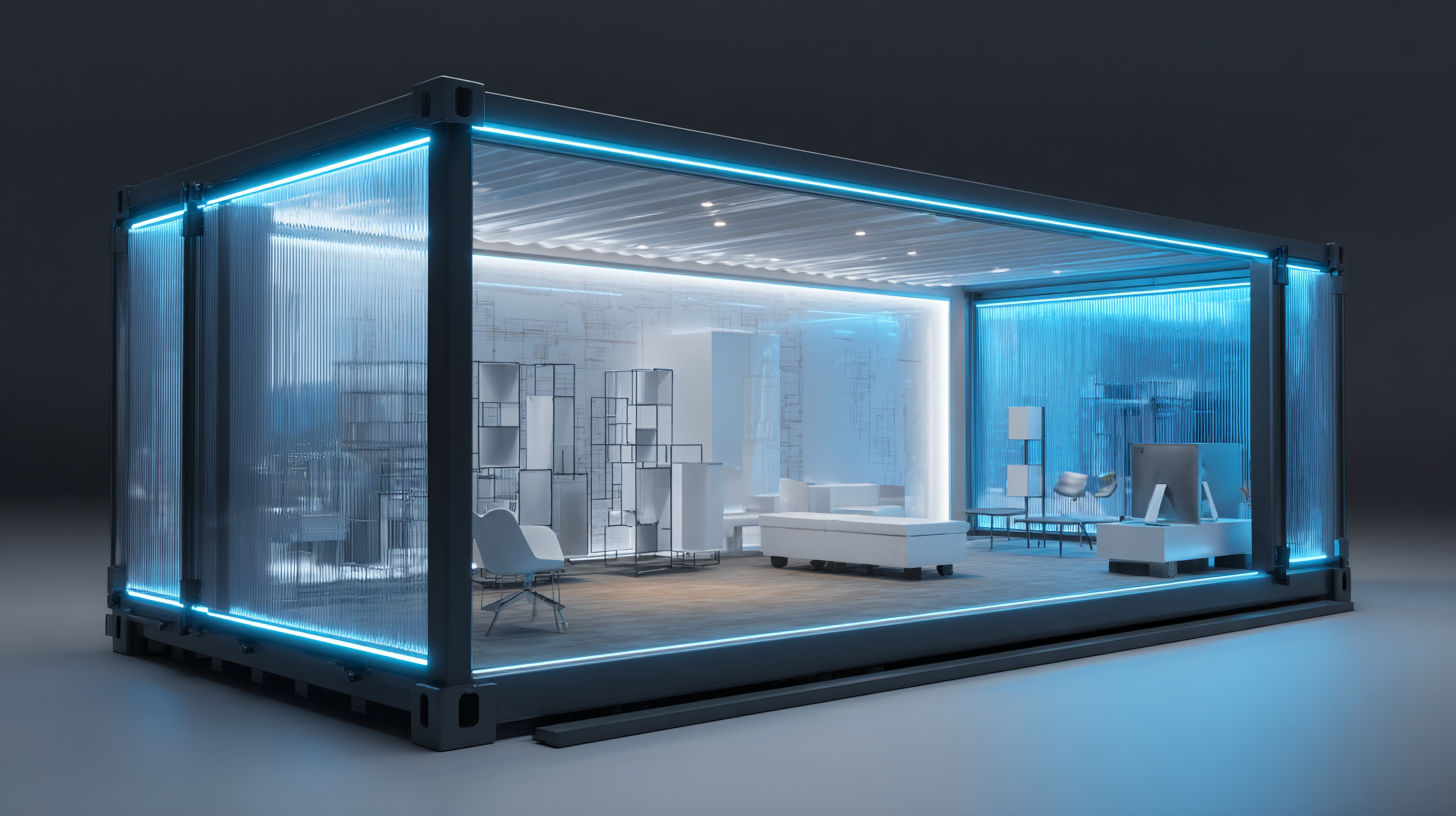
In 2025 and beyond, the latest trends in modular exhibition stands are prioritizing innovative aesthetics and functionality. Elements such as interactive displays, sustainable materials, and technology integration are being incorporated to enhance attendee engagement and experience. By utilizing modular designs, companies can create visually striking exhibits that are easy to transport and set up, making them a preferred choice for businesses looking to make a strong impact at trade shows. This shift toward modularity reflects a broader move toward more efficient and environmentally-conscious practices in event design, providing an exciting glimpse into the future of exhibitions.
The rise of modular stand design marks a significant shift towards sustainability in the exhibition and event industries. Traditional structures often involve excessive material waste and contribute to unsustainable practices. In contrast, modular stands are crafted from reusable components that can be easily assembled and disassembled, reducing the environmental footprint. By using materials like recycled metal and sustainable wood, these designs not only minimize waste but also elevate the aesthetic appeal of spaces, proving that sustainability and style can coexist.
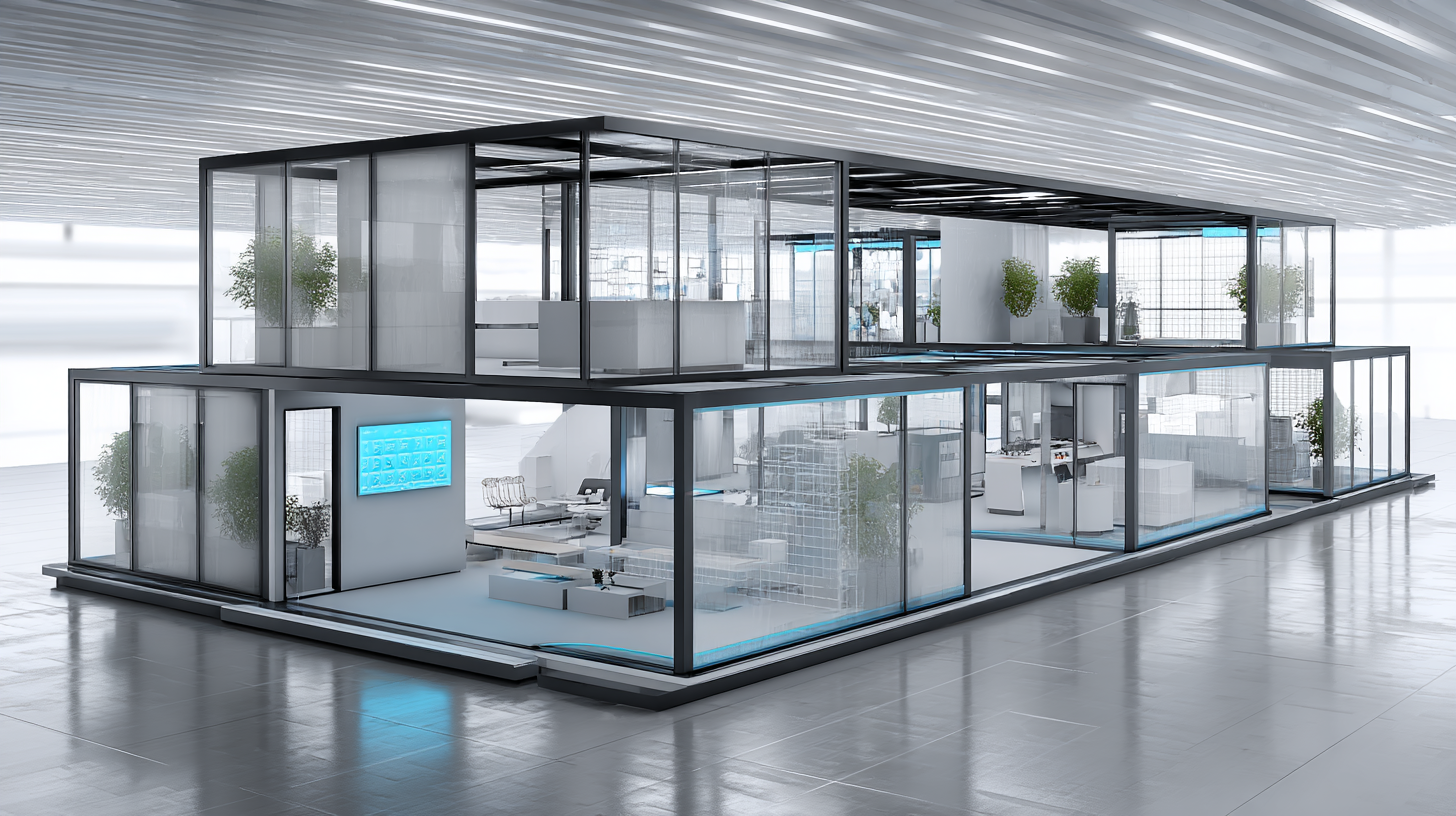
Moreover, modular designs allow for flexibility and adaptability, catering to the varied needs of businesses while maintaining eco-friendly practices. Companies can modify their setups for different events by reconfiguring existing elements, which lowers the demand for new materials. This adaptability is crucial in an era where brands are increasingly committed to reducing their impact on the planet. Furthermore, the longevity of modular stands means that companies can enjoy cost savings over time, aligning financial sustainability with ecological responsibility. As more industry players embrace this innovative approach, the future looks promising for eco-conscious design in event management.
The landscape of modular stand design is undergoing a seismic shift, driven by technological advancements and the demand for customization. According to a recent report by the Global Association of the Exhibitions Industry (UFI), modular exhibition stands accounted for approximately 30% of all exhibition contracts in 2022, highlighting a growing preference for versatile and reconfigurable solutions. This trend is further accentuated by the integration of smart technology, such as augmented reality (AR) and interactive displays. These innovations not only enhance user engagement but also allow brands to create immersive experiences that can be adapted to various environments, maximizing the impact of every showcase.
Customization is another critical factor shaping the future of modular stand design. A study by Mordor Intelligence projects that the global modular display market will grow at a CAGR of 5.7% from 2023 to 2028, driven largely by tailored solutions that cater to the unique branding needs of businesses. Companies are investing in bespoke elements that reflect their identity while also ensuring flexibility. This blend of technology and personalization is poised to redefine the modular space, providing exhibitors with the tools they need to stand out in a crowded marketplace and connect more meaningfully with their audiences.
Modular stand designs are revolutionizing event spaces by offering flexibility, sustainability, and scalability. The International Association of Exhibitions and Events (IAEE) reports that 70% of exhibitors prefer modular systems due to their versatility and ease of reconfiguration. A prime example of successful modular implementation can be seen at the recent CES (Consumer Electronics Show), where several companies opted for modular stands that allowed them to adapt their presentation quickly based on audience engagement and space constraints. These booths not only attracted more visitors but also showcased their products effectively, demonstrating the impact of thoughtful design choices.
Another compelling case study can be observed at the EuroShop trade fair, where over 50% of exhibitors utilized modular solutions. According to a study by the Center for Exhibition Industry Research (CEIR), these systems helped reduce setup times by up to 30%, translating to significant cost savings and operational efficiency. The modular stands implemented at EuroShop were designed to be easily transportable and reusable, aligning with the industry’s growing emphasis on sustainability. As more events embrace modular designs, it's clear that such innovations are setting a new standard in the way brands interact with their audience, enhancing both visitor experience and exhibitor satisfaction.
| Event Name | Location | Modular Stand Type | Area (sq m) | Objectives Achieved |
|---|---|---|---|---|
| Tech Innovation Expo | San Francisco, USA | Two-Story Stand | 50 | Increased Engagement, Brand Visibility |
| Global Marketing Conference | London, UK | Hexagon Design | 30 | Networking Opportunities, Lead Generation |
| Health & Wellness Fair | Toronto, Canada | Open Concept | 40 | Educational Workshops, Public Engagement |
| Automotive Showcase | Tokyo, Japan | Interactive Display | 60 | Customer Interaction, Product Demonstration |
| Fashion Week | New York, USA | Modular Catwalk | 80 | Brand Showcases, Audience Engagement |

